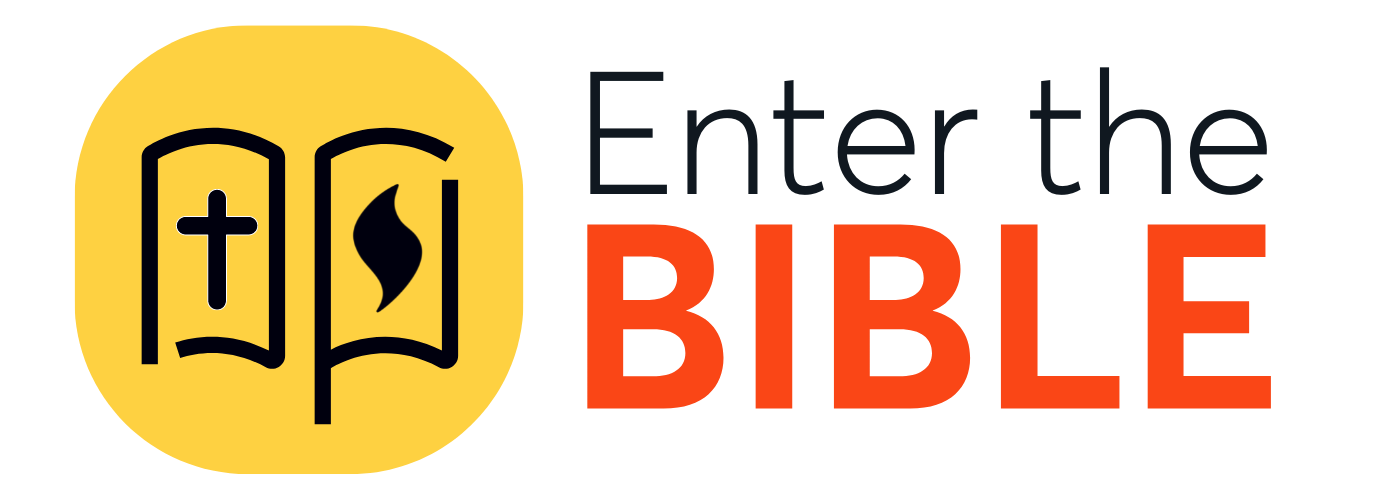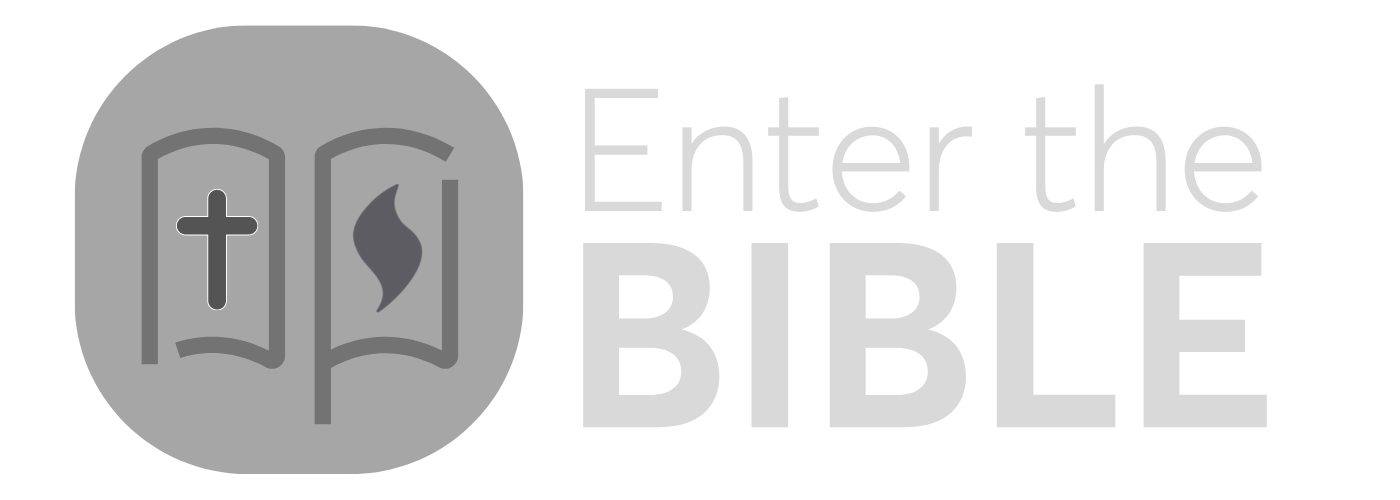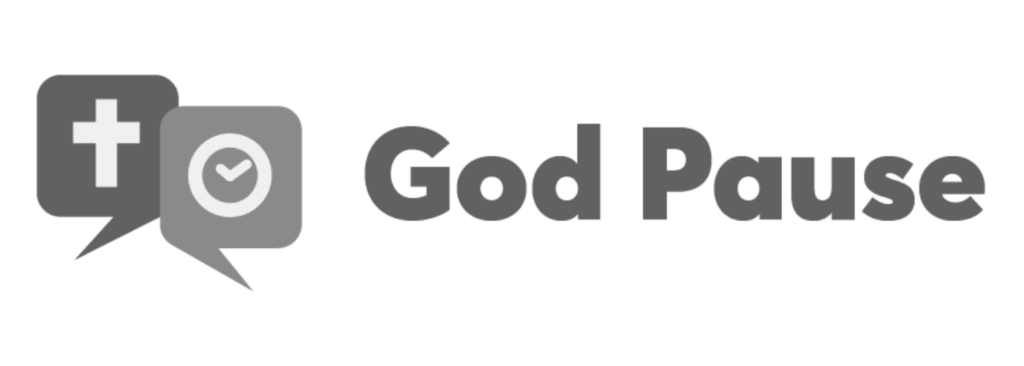Introductory Issues in Haggai
Haggai and Zechariah
The Book of Haggai is closely linked with Zechariah 1-8. The prophecies of Zechariah date from 520 B.C.E. (the year Haggai prophesies) to 518 B.C.E. Zechariah is a contemporary of Haggai and shares his concern for a rebuilt TempleThe Jerusalem temple, unlike the tabernacle, was a permanent structure, although (like the tabernacle) it was a place of worship and religious activity. On one occasion Jesus felt such activity was unacceptable and, as reported in all four Gospels, drove from the temple those engaged… More and a new messianic age under the leadership of Joshua and Zerubbabel. Haggai and Zechariah are named together as prophets in Ezra 5:1 and 6:14.
Priestly ruling
In Haggai 2:10-14, the prophet asks the priests for a ruling concerning ritual purity, then uses the ruling as an analogy for the people’s current situation. Biblical scholars disagree as to what is meant by the analogy. Some argue that the people who are referenced as “uncleanIn Hebrew law many regulations warned against impurity. Unclean things were numerous and included leprosy, menstruating women, dead bodies, shell fish, and pigs. More” in verse 14 are the “people of the land;” others assert that it refers to the Jews. In any case, the meaning of the following verses is clear: while the Temple lay in ruins, the Lord was displeased and struck crops with blight, mildew, and hail. From the day that the Temple’s foundation was laid, however, the Lord promises to bless the people with prosperity.
The Temple
Haggai is an important book for understanding the centrality of the Temple in Jewish life and faith. The exiles have returned to the land, planted crops, and rebuilt homes for themselves; but as long as the Temple still lies in ruins their identity as a people remains unformed. Haggai promises prosperity only when the Temple is rebuilt.






